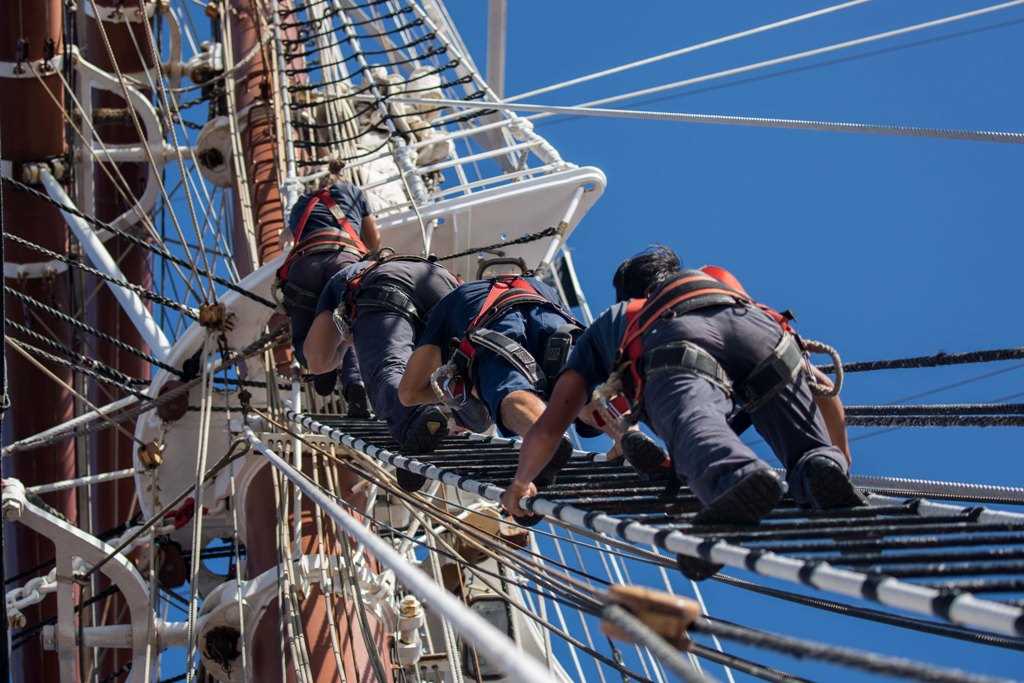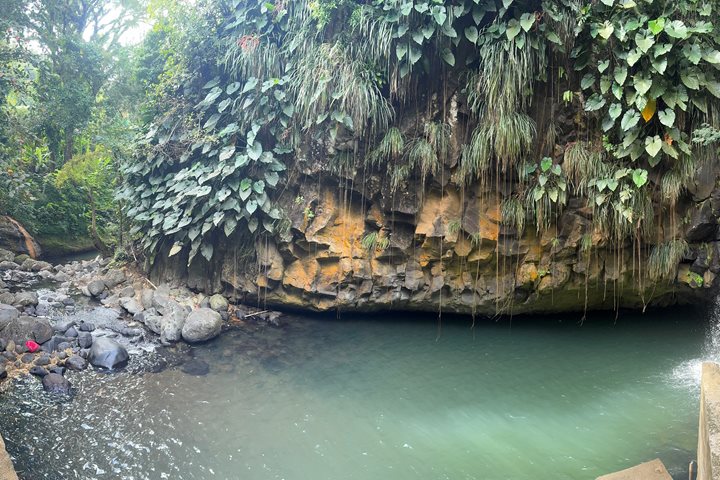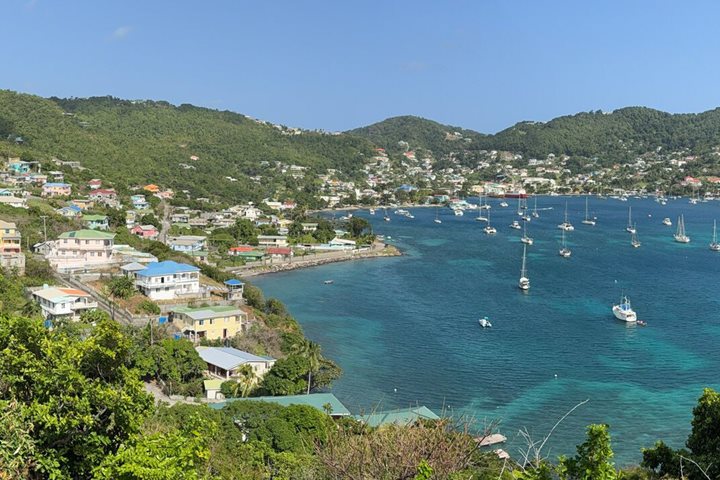On a square-rig sailing ship, the Captain makes the sail plan by first deciding where he wants to finish up at the end of the day. He then considers the wind and weather forecasts, as well as any other relevant waypoints such as the time to make a scenic passage or position for a sunset. With all that in mind, he decides on the combination of square sails, stay sails, and perhaps even gaff sails that he will set to make the desired speed. The point of a square-rigger is not to set as many sails as possible, for some sails counter the effects of the others or even steal the wind from neighboring sails. The point is to set the right sail combination for the optimum ride and positioning.
Captain Komakin called his sail plan to his bosun Mamikon, a junior officer who then coordinates the activities of the three mast teams. Each mast team is made up of six sailors, which include a mast captain for each mast, as well as the ship’s carpenter, metal fitter, sail-maker and twelve other able-bodied seamen and women. We were gathered on the spanker deck for the expedition leader’s explanations, as suddenly all the yardarms started to move in unison and we learned that the sailors were bracing the yards square for a downwind sail. Suddenly the rigging was alive with activity, as sailors scurried aloft up the ratlines, over the tops and out onto the yards to begin the setting of sails. With play-by-play descriptions of hauling sheets and clew lines, bunt lines and halyards, stays and shrouds and baggywrinkles, the ship blossomed into a gorgeous symphony of billowing white sails and a proud bowsprit pointing toward the horizon ahead.
For those who were on Sea Cloud for the first time, it was the stuff of dreams and fantasy. For those who had sailed her before, it was just as fascinating as we had remembered it. Here we were in the Caribbean Sea, founded on square-riggers and buccaneers and the art of sailing, with Dominica to port, Guadalupe to starboard, and sailing over the exact water where one of the greatest and most consequential sea battles in history –the Battle of the Saints – was fought between the British and the French in 1784. It is an absolutely glorious and timeless feeling. Do I take more photos? Explore new angles and different geometries of sails and rigging? Or just find my favorite spot to try to take it all in? I think I could get used this . . .









